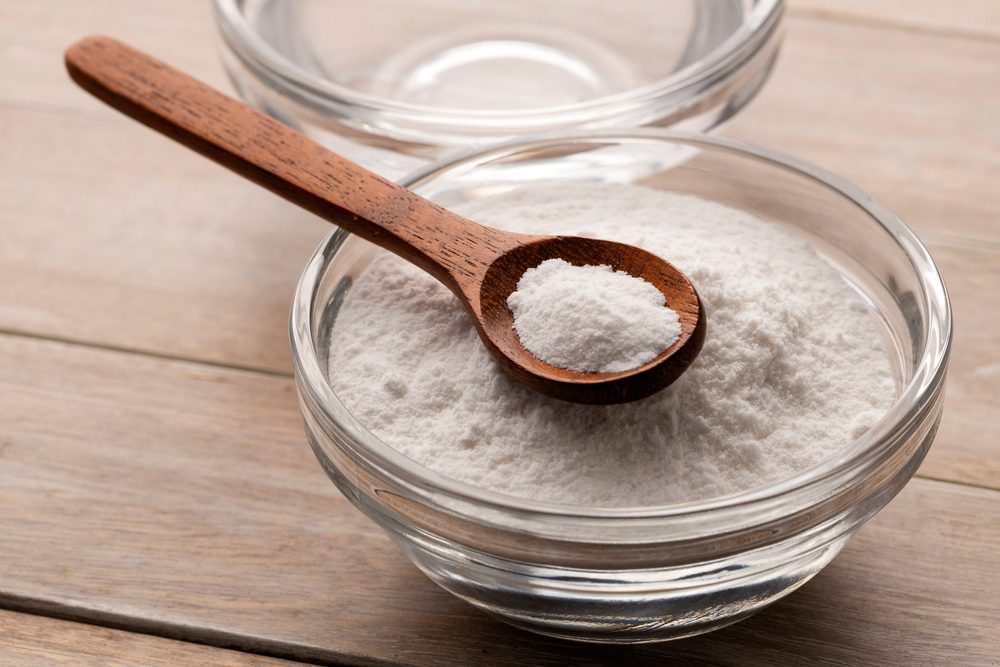Baking soda is a go-to cleaning tool for many because it’s affordable, natural, and versatile. You probably use it for all sorts of tasks around your home, from scrubbing stains to freshening up surfaces. However, it’s important to know that baking soda isn’t suitable for every cleaning job.
Using baking soda on the wrong materials can cause damage or make cleaning less effective. Knowing what not to clean with baking soda helps you avoid damaging your belongings and saves you time. This guide will help you steer clear of common pitfalls when using this popular household cleaner.
Wood surfaces
You might think baking soda is a good go-to for cleaning wood, but it’s actually not the best choice. Its abrasive texture can wear down the protective finish on wood surfaces, leaving them dull or rough.
If you use baking soda on wooden spoons or furniture, you risk damaging the wood over time. Instead, stick to gentle soap and water or specialized wood cleaners to keep your surfaces looking nice.
Painted furniture
You might be tempted to scrub painted furniture with baking soda, but it’s best to avoid it. The abrasive texture can wear away the paint, leaving your furniture looking dull or damaged.
Instead, use a soft cloth with mild soap and water. This gentle method helps preserve the finish without risking scratches or fading.
Taking care with cleaning keeps your painted pieces looking fresh longer. Avoid harsh abrasives like baking soda to protect the surfaces you love.
Leather goods
You might think baking soda is a handy cleaner for your leather items, but it’s best to avoid it. Although baking soda can absorb odors and dirt, it can also strip away natural oils in the leather.
This can lead to dryness, brittleness, and even cracking over time. Using baking soda may also cause color fading or damage the leather’s finish.
Instead, opt for cleaners made specifically for leather to keep your items soft and looking their best. Gentle products help maintain the material’s moisture and durability without harmful side effects.
Aluminum cookware
You should avoid cleaning aluminum cookware with baking soda. It can react with the metal, causing discoloration and dark spots.
This happens because baking soda is mildly abrasive and can oxidize the aluminum surface. Over time, your pots and pans may develop a dull finish.
If you do use baking soda, make sure to rinse your cookware thoroughly to remove any residue. This helps prevent damage and keeps your aluminum looking better.
Silverware with patina
If your silverware has developed a patina, it’s best to avoid using baking soda. While baking soda can remove tarnish, it may also strip the patina, which many people find attractive and valuable.
Using baking soda incorrectly can cause tiny scratches or etching on delicate silver surfaces. Instead, consider gentle methods designed for preserving patina, like specific silver polish or mild soap and water.
Keep in mind, if you want to maintain your silverware’s character, skipping baking soda is a smart move.
Delicate glassware
You might think baking soda is a perfect cleaner for your glassware, but it can cause tiny scratches. These scratches can dull the shine and make your glass look cloudy over time.
Because baking soda is mildly abrasive, it’s better to avoid using it on delicate glasses or crystal. Instead, use a soft cloth with mild soap and warm water to keep your glassware sparkling without damage.

